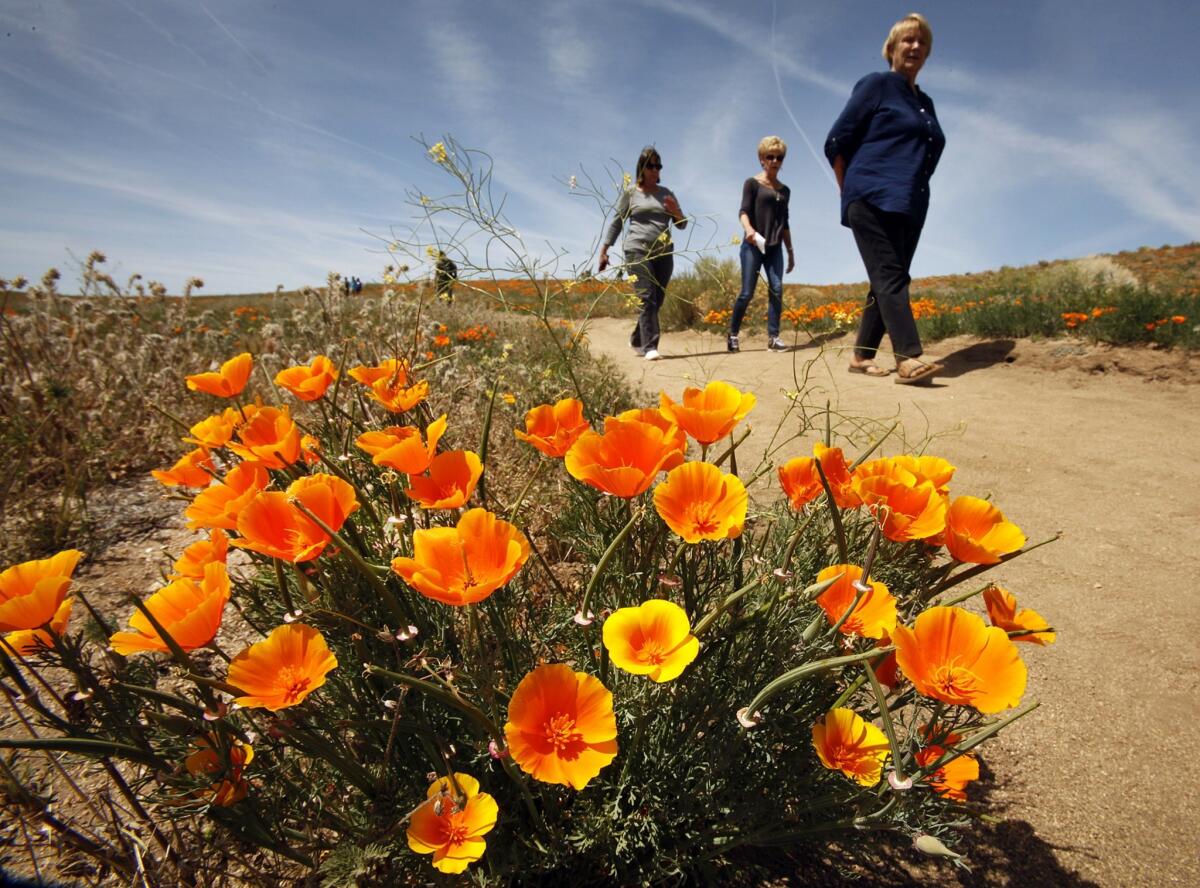Learning Matters: Pondering questions for council candidates and ourselves

I was in my car one morning recently, going from one place to another as I often do, and thinking about yet another activity planned for that afternoon: meeting to formulate questions for the upcoming Women’s Civic League City Council candidate forum.
With so many issues and so many new and proposed local ordinances and state laws, particularly related to housing, I confess I felt daunted. Homelessness, housing, traffic, community relations, safety, and, of course, the intersection of all of them with education. With one problem flowing into another, the questions seemed endless — and the time for questions so limited.
Then, as I turned the car toward my next stop, my thoughts also turned. From questions for candidates on how they’d approach things, I started imagining what individuals might do on our own to make a dent in the city’s challenges. Perhaps we could start by driving less, I told myself.
That’s when I saw longtime Glendale resident Bruce Hinckley. Walking with a relaxed and jaunty gait to the corner of Jackson Street and Wilson Avenue, he stopped for the pedestrian light as I waited to turn up Jackson.
I’ve known Bruce since 1984, when his wife, Debbie, recruited me to the board of what was then Mothers’ Day Out, a childcare and preschool program at our church that has since become the Susanna Wesley Children’s Center. That was shortly after I’d volunteered as Debbie’s teaching assistant in the vacation Bible school preschool class.
“Where’s Bruce going?” I wondered as I rolled down my window to holler “hello” and wave. But as I looked at the dashboard clock — 11:30 on a Friday morning — I guessed, “He’s walking to Kiwanis.”
Sure enough, when I spoke to him by phone that night, he confirmed my suspicion. He’s preparing for his second Los Angeles half-marathon in March to benefit one of the many nonprofit organizations he and Debbie have supported over the years. When I asked if he was encouraging his fellow Kiwanians to join him in walking, he said he wasn’t pushing it.
“It’s nice to do something simple, like walk for a cause, and not be in charge of it,” he told me. I know both he and Debbie have done their share of being in charge and recruiting volunteers for good causes.
Seeing Bruce out walking furthered my musing about the impacts and benefits of relatively small efforts, like — at least for a person with good knees and hips — walking a few miles each week, maybe even choosing a car-free day.
Along with the benefits to body and spirit, walking reveals details missed in driving: creatively designed gardens, welcoming porches, birds in trees. It also offers new perspectives on the concerns I hear voiced whenever Glendale’s housing density arises in conversation: traffic, parking and the fear of changes to our neighborhoods.
A walk in my Adams Hill neighborhood reveals many older homes — some would call them historic — built with downstairs apartments. The Spanish Revival house directly across the street from us is a two-story duplex, and we’d lived here years before I realized the house around the corner was a duplex. For several years after that discovery, it served as “senior housing” for my mother-in-law and a neighbor’s mom.
I’m reminded, too, of neighborhoods in other cities. In San Diego’s lovely Hillcrest, where I worked 40 years ago, I lived in a Spanish Revival fourplex behind two bungalow apartments, a block from historic hillside homes. In Milwaukee, Cleveland Heights and Washington, D.C., I’ve walked by beautiful apartment buildings coexisting with grand old homes.
The older I get, the more I think about the kind of housing that would suit me in coming decades: perhaps a charming small complex for multigenerational use, nestled in a neighborhood of single-family homes.
Two of my church friends live in an architecturally significant hillside home in Eagle Rock, converted for use as a board and care home. How many of our city’s lovely, large homes might be converted — with sensitivity to the architectural integrity of their neighborhoods — to meet the needs of low and middle-income seniors, individuals with disabilities or other challenges, or even for beginning teachers?
Public transit is another way to alter one’s focus on our urban landscape and experience a rhythm of life outside our car-centric lives. Sitting alongside regular riders of Glendale’s Beeline and MTA bus routes, we might see new possibilities for community development: empty buildings that could be repurposed for housing, parking lots that could be made available for use by residents in parking-impacted neighborhoods or for individuals living in cars.
In our children’s former neighborhood in Washington, D.C., residents had to pay for street parking permits. Has the time come for that in Glendale?
Walks and bus rides lead can to all kinds of questions, along with better health and pleasant encounters.
For information about upcoming candidate forums, go to Glendalevotes.ca.gov.
